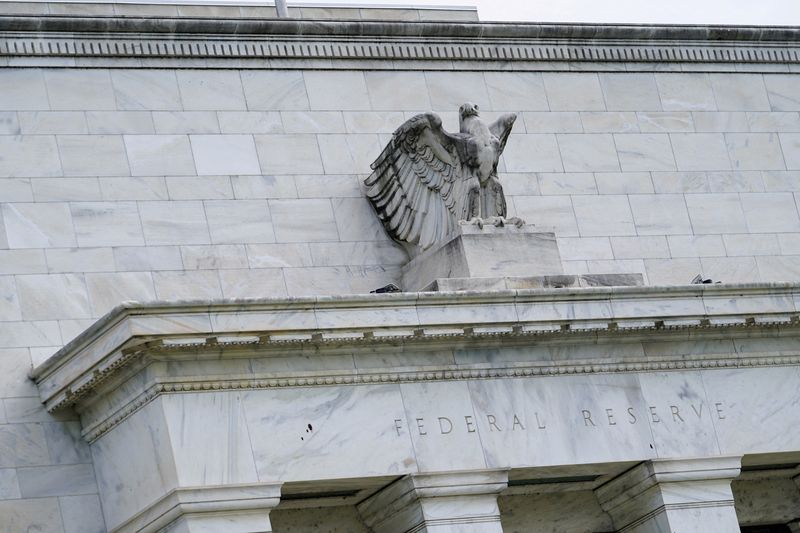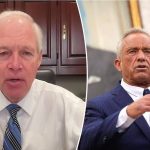
By Howard Schneider
WASHINGTON (Reuters) – Federal Reserve officials say they are likely to keep reducing interest rates for now, and investors still expect them to do so at the U.S. central bank’s Dec. 17-18 meeting.
But how far they will go beyond that remains a wide-open question, with the minutes of the Fed’s meeting earlier this month expected to show the start of a debate that will shape the financial landscape faced by the incoming Trump administration.
The minutes of that session are due to be released at 2 p.m. EST (1900 GMT) on Tuesday and will provide a detailed account of the Nov. 6-7 session where officials grappled with data showing stronger-than-expected economic growth and higher-than-expected inflation. While job growth slipped in October, the sense among policymakers was that the U.S. economy was continuing to beat expectations.
“It’s actually remarkable how well the U.S. economy has been performing, with strong growth, a strong labor market, inflation coming down,” Fed Chair Jerome Powell said in a Nov. 7 press conference after the central bank announced it was cutting its benchmark policy rate by a quarter of a percentage point to the 4.50%-4.75% range.
“We’re on a path to a more neutral stance … We’re just going to have to see where the data lead us … I’m not ruling (December) out or in,” Powell said of the Fed’s plans to make monetary policy less restrictive and eventually be neither stimulating nor restraining economic activity.
Public commentary since the meeting, which often reflects the positions staked out during the two days of deliberations, has shown a broad divide among Fed officials who feel monetary policy may already be close to the neutral level and, as a result, near a possible stopping point for rate cuts, and those expecting a likely more extended cutting cycle.
Powell just a week after the meeting said the economy was “not sending any signals that we need to be in a hurry to lower rates,” and that the central bank could decide on further reductions in borrowing costs “carefully.”
His comments contributed to what has been a steady slip in market expectations for a rate cut next month, with a quarter-percentage-point reduction given just a 53% probability as of Monday afternoon.
TRUMP EFFECT
While officials like Fed Governor Lisa Cook have focused on what she sees as a steady easing of inflation still to come alongside possible improvements in productivity, others say they still see inflation risk as paramount.
“We have seen considerable progress in lowering inflation since early 2023, but progress seems to have stalled in recent months,” Fed Governor Michelle Bowman said last week at an event in Florida, adding that the central bank “may be closer to a neutral policy stance than we currently think.”
If so, it may imply fewer Fed rate cuts overall, a possibility that has grown more distinct in the minds of many investors and economists since Republican former President Donald Trump won the Nov. 5 presidential election on a platform to cut taxes, restrict immigration, and raise import tariffs.
The fallout from those policies, including possibly heightened inflation and wage pressures, could also lead to more caution about cutting rates too far and too fast. Investors now see the Fed’s benchmark rate falling only to around 3.9% next year, and no further, stopping a full percentage point higher than policymakers foresaw in their last set of projections in September.






